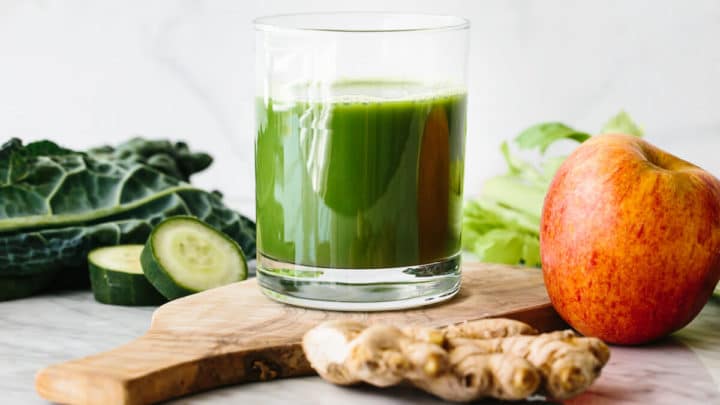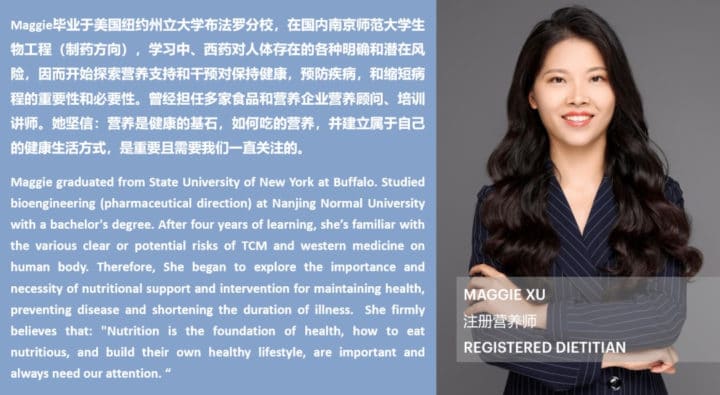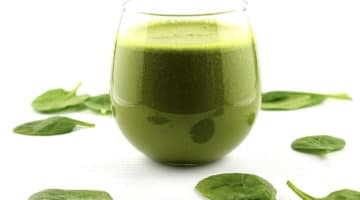It’s All About Green and Organic with SANGHA Retreat
October 13, 2021 by Hidden Doorways

“OCTAVE TIPS” is a new column from Octave Institute, who oversees the immersive wellness retreat, SANGHA Retreat set in Suzhou, China. Learn top lifestyle tips from their wellness experts in an easy and accessible way, advising on everything from diet, breathing, sleep, exercise, mindfulness, and healing, helping to foster a happy, healthy and comfortable attitude to life and way of living.
OCTAVE TIPS – All about Green and Organic
With the increasing popularity of a healthy, organic lifestyle, more and more supermarkets label vegetables as “green” and “organic”, even setting up areas dedicated to displaying organic vegetables, the prices of which are several times higher than those of ordinary vegetables.
However, are organic vegetables really “organic”? What is the difference between “green” vegetables and “organic” vegetables? In this issue of OCTAVE TIPS, expert nutritionist Maggie Xu shares her knowledge of green and organic vegetables.
01 Not all pollution-free and green vegetables are organic
At present, the food certification for the supervision of the use of chemical substances in the market is divided into pollution-free food, green food and organic food. These represent three different standards, and the requirements of some categories are higher than the others.
Pollution-free food is the basic requirement that assures the safety and quality of agricultural products. It can involve the use of synthetic safe chemical pesticides and feed additives in limited quantities and over a limited duration of the growing or production process.
Green food is the second most strictly certified food category in China. It further emphasizes the concept of “pollution-free”, and has the dual guarantee of “safety” and “nutrition”. It signifies safe, high-quality and nutritious food that is cultivated under pollution-free conditions, fertilized with organic fertilizer, processed according to environmental health standards. It is recognized by a special agency and bears a special label.
Organic food has higher safety and quality requirements than pollution-free food and green food. It belongs to the highest food certification level, and is also known as “ecological food”.
Compared with traditional agriculture, organic agriculture does not use genetically engineered organisms and their products in production, and does not use chemically synthesized pesticides, fertilizers, growth regulators or other substances. Organic farming is more eco-friendly, reducing pollution to water, air and soil systems, and is conducive to biodiversity and creating a favorable environment for wildlife.
Choosing organic food is not only just about our bodies; it is about living an organic lifestyle that also benefits the health of the planet.
02 Are organic and green foods safer and more nutritious?
Organic and green foods are not necessarily safer, but they do contain fewer pesticide residues than regular foods because they are produced with stricter standards that regulate the use of pesticides and fertilizers.
However, foods without “pollution-free”, “organic” and “green” labels are not necessarily unsafe or unhealthy. In general, vegetables sold in the markets may contain pesticide residues, but they are all within the limits of the national safety standards.
Regarding the nutritional value of organic and green food, there is currently no research at home or abroad to prove which foods, organic or non-organic, have a higher nutritional value. Most people who choose to support organic food do so because of its environmentally friendly production method. Using the index finger to press the Yingxiang acupoint vertically not only makes the nose feel more comfortable but dispels cold and dehumidification, so as to enhance the ability to resist bacteria and prevent colds. Massaging the Yingxiang acupoint also improves lung health, which can prevent lung disease.
If you prefer safer foods, you can choose to buy organic and green food, while those who want to do their best to protect the environment can choose organic food.
03 How to distinguish organic food from green food?
In China, green food is divided into two types: class A and class AA. Class A green food (Figure 1) uses limited chemical synthetic fertilizers and pesticides, while class AA green food (Figure 2) requires that no chemical synthetic agents are used at all.
The safety of class AA green food is basically the same as that of organic food, the only difference between the types is the production method. Environmentally-minded eaters who prefer organic food only need to look for the label above (Figure 3) when shopping. Of course, no matter which kind of food you choose, ensuring a balanced diet is essential for a long-term healthy lifestyle.

Contact:
SANGHA Retreat by OCTAVE Institute
199 Yang Cheng Ring Road
Jiangsu Province 215000
Suzhou, China
Telephone: +86 (512) 6788 1888
Website: www.sangharetreat.com


